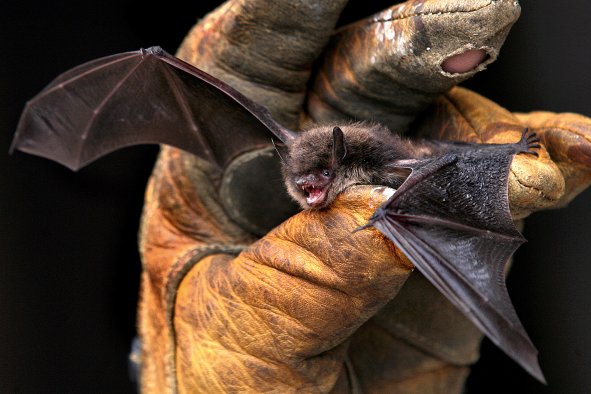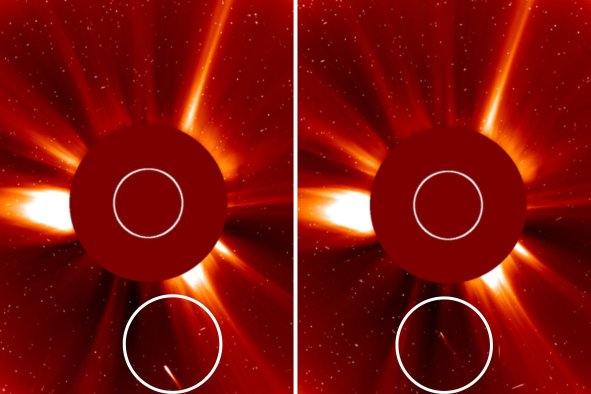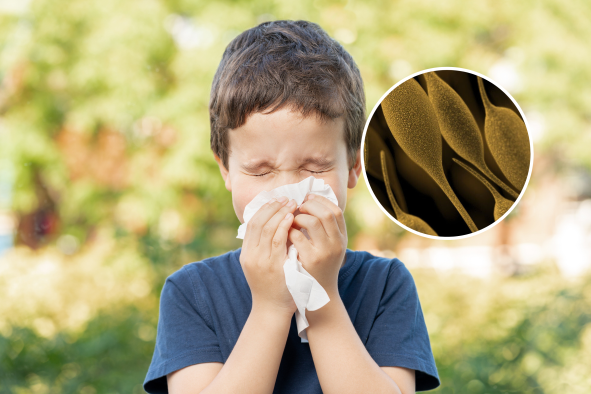A volcanic eruption spewing out ash and smoke, leading to flight cancellations, has been caught on camera from space.
The volcano, named Popocatépetl, is Mexico's most active volcano, and has been continuously erupting in fits and bouts since 2005.
Last week was a particularly active period for the volcano, with over 1,000 thousand minutes of tremors being detected each day, and huge plumes of ash being spewed out of the mountain.
Ash was reported falling from the skies in several communities near the volcano, and a cloud of this ash caused the Puebla International Airport to suspend flights on Friday morning, according to local news.
Inhalation of volcanic ash can cause serious respiratory issues, particularly for those with preexisting conditions, as the ash contains fine particles of silica, which can irritate the lungs and airways. Additionally, SO2 released by volcanoes can irritate the eyes, nose, throat, and lungs
"The gases and particles released by volcanic eruptions and lava flows can severely degrade air quality, posing health risks," David Kitchen, an associate professor of geology at the University of Richmond, Virginia, told Newsweek.
The OLI (Operational Land Imager) on the Landsat 8 satellite snapped an image of these emissions on Friday. On the same day, Mexico's Centro Nacional de Prevención de Desastres (CENAPRED) announced that monitoring systems had detected "a continuous emission of water vapor, volcanic gases, and ash."
Popocatépetl is located in Central Mexico, about 45 miles southeast of Mexico City, meaning that about 30 million people live in a 45-mile radius of the volcano. It stands at around 17,800 feet tall, making it the second-highest peak in Mexico after Pico de Orizaba.
Popocatépetl is a stratovolcano that came back to life in 1994 after 50 years of dormancy, and has been sporadically erupting ever since, with a notable uptick in activity since 2005.
The Popocatépetl "Volcanic Alert Traffic Light" has been in "Yellow Phase 2" all week, which is the middle level on a three-color alert scale, and remains as such as of October 28.
During this phase, "minor to moderate sized explosions (...)" "light to moderate ash rains in surrounding towns and some more distant cities (...)" "ejection of incandescent fragments," and "possibility of pyroclastic flows that do not reach populations" can be expected.
"Do not try to climb the volcano, as explosions occur that throw incandescent fragments, as has been seen recently. Respect the 12-kilometer exclusion radius from the crater, being within this area is not safe. In case of heavy rain, stay away from the bottom of the ravines, due to the danger of mud and debris flows," CENAPRED warned in a translated report.
Volcanic ash can bury crops, damage livestock health, contaminate soil, and poison water supplies, while SO2 mixes with water vapor to form sulfuric acid, contributing to acid rain, which damages vegetation, soils, and water bodies.
Some of this volcanic ash was even found to have traveled hundreds of miles to the northeast, being detected near Sarasota in Florida.
Do you have a tip on a science story that Newsweek should be covering? Do you have a question about volcanoes? Let us know via science@newsweek.com.
Disclaimer: The copyright of this article belongs to the original author. Reposting this article is solely for the purpose of information dissemination and does not constitute any investment advice. If there is any infringement, please contact us immediately. We will make corrections or deletions as necessary. Thank you.



